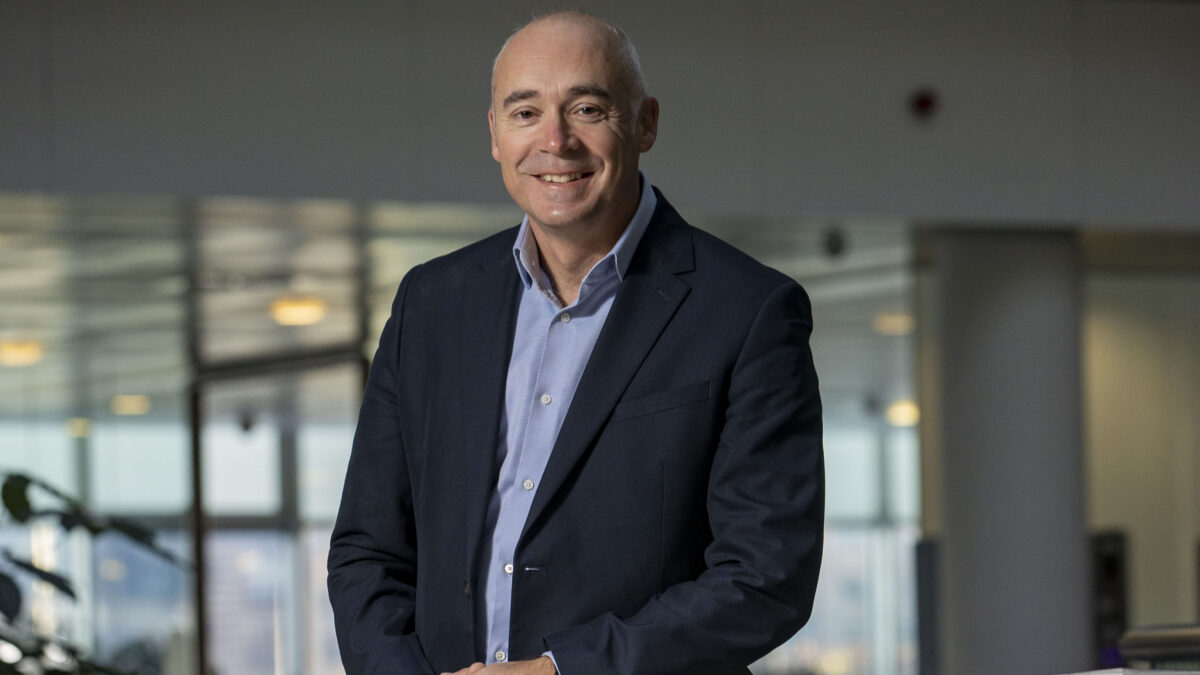Is working together the key to creating thriving and resilient communities in Scotland? Hayden Edwards of BT highlights some of the things that need to change in order to deliver the best outcomes
“The Scottish Government needs to demonstrate more effective strategic leadership to encourage and promote digital government. It could do more to support organisations across the public sector to work more collaboratively with each other and with the third sector and industry.” Those were the words of Audit Scotland’s Enabling Digital Government report in 2019, which were reinforced by a similar finding in the public body’s 2021 report, Digital Progress in Local Government.“
As Audit Scotland found, and as many organisations that work with government have also discovered, the gap between rhetoric and reality needs to be addressed,” says Hayden Edwards, Senior Manager for Business Development in Scotland, for BT, an organisation well accustomed to working with the public sector on the some of the biggest digital projects in government and broader public sector.
“I think we all too often say the word collaboration without actually knowing what that looks like in practice or what it actually means. I see the phrases ‘collaboration’ and ‘partnership’ a lot from government (and not just in Scotland); they are used synonymously and are in fact two different things. Audit Scotland uses the phrases between 50 and 70 times in as many pages. But the questions I come back to are ‘which one do you want’ and ‘how are you enabling that?’”
Most businesses, he says, are willing to invest and work closely with government on digital transformation projects, but a lack of communication, clear objectives and capacity means projects often stall and end in failure. As he testifies, governments need to lead and provide the oxygen for all sectors to collaborate or work in partnership and not always turn to legislation to try and deliver the desired outcomes.
Edwards says that for collaboration to be effective between government and industry, there needs to be clear lines of responsibility and communication, understanding of who is leading the project and common, shared goals. Added to this needs to be the sufficient resources to provide the capacity for the project to succeed.
“People from all sectors can bring new ideas, different experiences and ways of working that the public sector can learn from,” he says. “But we can’t do that without first agreeing what we want to achieve. We need a clear and shared mandate to work to, and to a large extent we also need pattern-breaking behaviour. We need to step outside of our institutional experiences and look at what we are trying to do for our ‘place’ – whether that be a local community, a region or even at national and regional level.
“Place-based strategies involving stakeholders from across a region are particularly important in taking a more collaborative approach,” adds Edwards. “If we can use the place as an anchor to gather around, perhaps we achieve that first, important step in collaboration.”
Such an approach has been adopted by BT in its work with the University of Stirling, towards the development of the Forth Environmental Resilience Array (Forth-ERA). The project focussed on place-based transformation in the Forth Valley, involving public, private and third sector, and aims to build an open data resource centre, a ‘living lab’ that allows real-time analysis of environmental data and analytics across the Forth river estuary.
It is part of a wider mission to “develop the world’s first regional green recovery environmental monitoring platform”. BT was able to harness the power of co-creation through partnership working, adds Edwards, who also talks about the importance of relationships.
He says: “If there is no trust then there is no collaboration. When we have a choice, we collaborate with those we trust. Trust can be an issue within our own organisations and sectors, so if we don’t have this in place, then how can we expect to collaborate with external parties?”
Edwards says: “When you have a clear focus on outcomes across different sectors, what starts to emerge is a ‘deal’, that is a shared understanding and pledge to work co-operatively towards that common goal. “If we can embrace this ethos more fully in all that we do between government and industry, we all have a fighting chance of making a real difference in Scotland. So, let’s talk together about the deal we can create for our place.”




